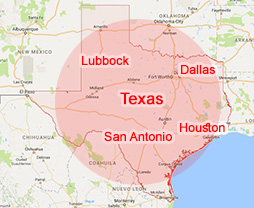Blood Draw Procedures 4th of 13
So the mechanics of drawing blood we talked about it being in a evacuated tube system. Whenever you have these cases see if you can go doing a motion to inspect and examine the equipment that they have retained. Everything has an expiration date even a swab, so it’s a good practice for them to save the swab package and you can see the lot #, look for recalls on the FDA site, check out expiration dates of everything just whatever is available it’s good to lay your eyes on it.
So here’s an example of a really bad blood draw procedure and I have never seen one like this but it also demonstrates the evacuated tube mechanism this guy was not cooperating as you can see he’s got his elbow bent back but watch what she does with the needle. Oops. That’s not my client screaming like that.
So they’re actually using a syringe to pull out the blood. You don’t see that very often. That’s not using the evacuated tube system. She is actually pulling the plunger but then watch out she transfers it into the grey top tube. Bad language alert, sorry a little late on that one.
So she sticks the needle into the top of the gray top and see its pulling the plunger down on its own, that’s how much vacuum force there is in that tube. It’s crazy that this is a bad procedure because when she took the needle out of his arm there’s nothing to seal that syringe so that needle is still open. Anything could have gone in there, a potential for contamination, nothing was sealed off the whole time she was transferring it over and sticking it in the vial. So here’s what the grey top tube looks like, you can see the expiration date on them and the potassium oxalate and sodium fluoride is down at the bottom. It’s not very much, tell you it’s real hard for them to get that mix even with the 8-10 recommended gentle inversions. We’ve done this several times so I’ve had my paralegal volunteer to get her blood drawn and we’ve done it exactly as you know as you are supposed to and we look in you still see the additives at the bottom that did not mix.
So it’s actually pretty difficult to get them to thoroughly mixed, if they don’t thoroughly mixed they can cause clotting and the preservatives don’t mix adequately. Site identification you want to use the antecubital vein there’s like it makes like kind of a H shape on the crux of the elbow pit area. You want to use an artery, so never tell a person that it won’t hurt, that was out of Phlebotomy Essentials. Don’t ever draw from a standing patient as just there’s a risk of them fainting. You don’t always have to draw from the antecubital vein, we’ve seen from the top of the hand but there’s real sensitive nerves in other areas that you want to avoid like under the wrist, you should never draw from under the wrist.






